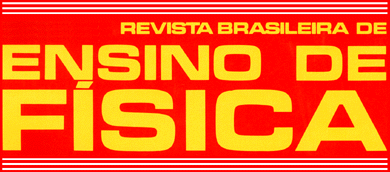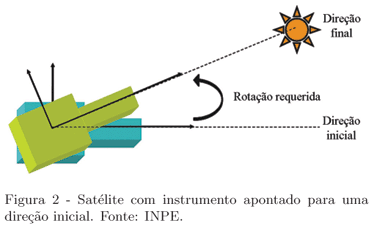This article presents and explores the pedagogical possibilities of an experiment in space education which simulates the rotational movement of an artificial satellite in space. In order to simulate the satellite, a simple apparatus made of an empty soft drink can and other low-cost and easy-to-find materials is built. The teacher may use this experiment to present contents related to Newton's third law of motion, pressure; the rotational movement of a celestial body, and so forth. Moreover, the teacher can stimulate the debate on aspects associated to space exploration conducted by artificial satellites, discussing with students the definition of satellites; the distinction between natural and artificial satellites; the types of artificial satellites and their corresponding orbits; the benefits brought forward by satellite technology; the major international and Brazilian satellites, contributing to disseminate the Brazilian space program as a relevant element of national accomplishments as well as the use of space knowledge and terminology to motivate physics classes.
physics teaching; space education; experimentation; artificial satellites









